Swiss Meringue Buttercream
4.0
(1)
Your folders
Your folders
Prep Time: 30 minutes
Cook Time: 5 minutes
Total: 65 minutes
Servings: 5
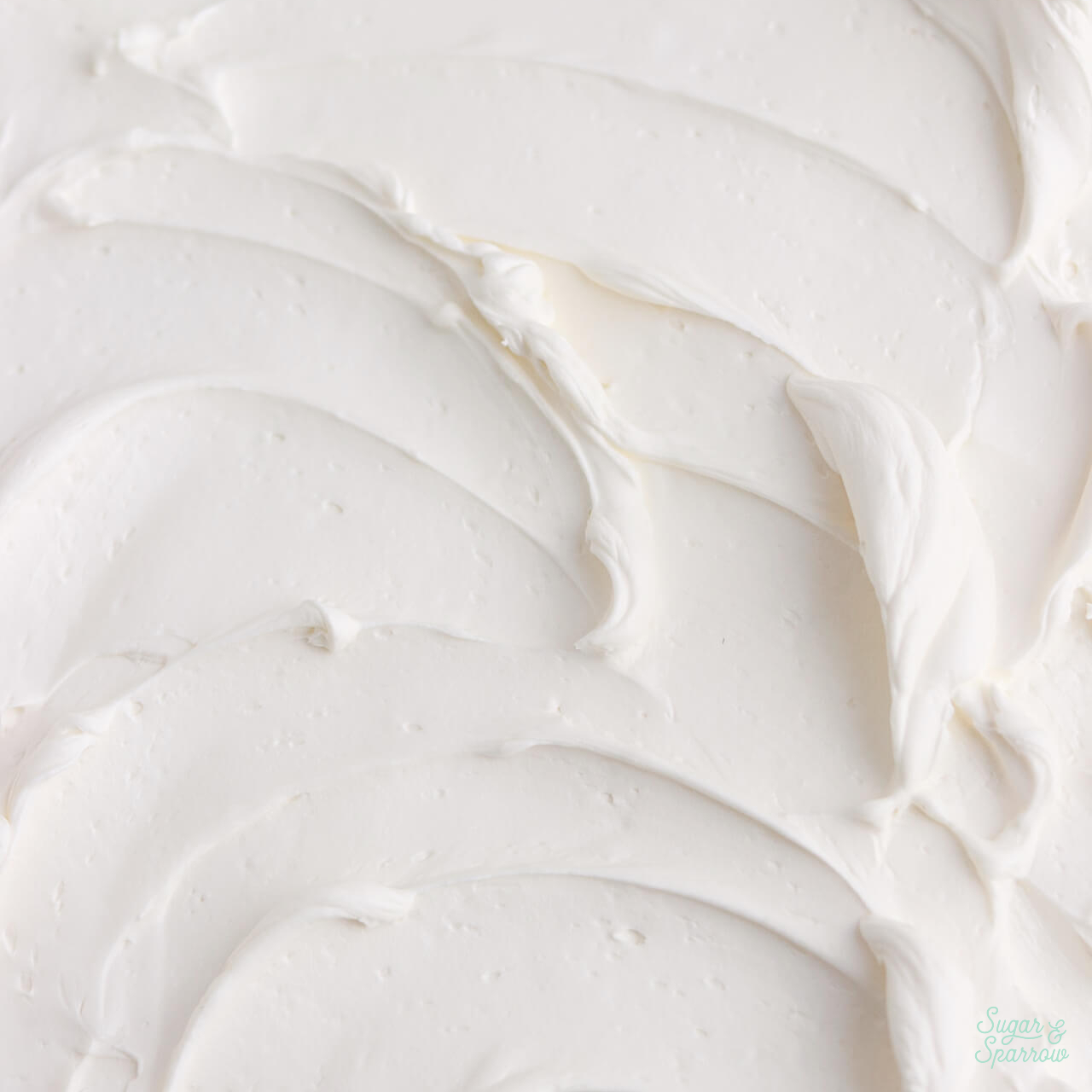
Ingredients
Export 2 ingredients for grocery delivery
Instructions
Step 1
Prepare the double-boiler: Fill a saucepan with a few inches of water and set over medium heat. Make sure that the mixing bowl you’ll be using for the next step fits on top of it without the bottom of the bowl touching the water, then remove the mixing bowl and bring the water in the saucepan to a simmer.
Step 2
Separate the eggs: it’s really important not to get even a drop of egg yolk in your egg whites, so I recommend separating one egg white at a time into a small bowl, then adding each egg white into your heat proof mixing bowl (glass or metal).
Step 3
Add the sugar into your egg whites and whisk together to combine, then set the bowl over the saucepan of simmering water. Whisk constantly until the mixture has thinned out and the sugar is fully dissolved, 5-7 minutes. To test that it’s ready, carefully dip your finger into the mixture and rub your thumb over it. If you don’t feel any sugar granules, it’s ready. You can also use an instant read thermometer to check that the temperature has reached 160°F (71°C).
Step 4
While the mixture is still warm, transfer it to the bowl of your stand mixer fitted with the whisk attachment (or attach the bowl to your stand mixer if you used that for the mixture). Turn the mixer to medium-high speed and beat until stiff peaks form, 10-15 minutes. If stiff peaks have not formed at this point, try placing your bowl into the refrigerator for 10 minutes, then continue to beat until stiff peaks form.
Step 5
At this point feel the bowl of your stand mixer. If it feels warm to the touch, place it into the refrigerator for 10-15 minutes to cool it down. The meringue should be about 90ºF (32ºC) or less before moving on to the next step.
Step 6
Once the meringue has cooled, switch the stand mixer to the paddle attachment. Turn the mixer to medium-high and add the butter 1 Tablespoon at a time. After all the butter has been added, turn the mixer down to medium speed and beat in the vanilla and salt, about 30 seconds. At this point, the Swiss meringue buttercream should be thick, creamy, and silky smooth.
Step 7
Troubleshooting Too Thin/Curdled: If the buttercream is thin and curdled-looking, it usually means the meringue was too warm before adding the butter. Place the entire bowl in the refrigerator for about 20 minutes before returning it to the stand mixer and beating on medium speed until thickened. If it’s still soupy, place it back into the refrigerator for longer before re-whipping again.
Step 8
Troubleshooting Too Thick: If your buttercream looks too thick and air bubbly, scoop out about ½ Cup of the buttercream and place it in a microwave-safe bowl. Microwave for 10 seconds, until the buttercream has melted. Add it back to the big bowl of buttercream and turn the mixer to low speed until it’s all mixed in. This should bring the buttercream to a smooth consistency. Repeat if necessary until smooth.
Top similar recipes
Curated for youYour folders
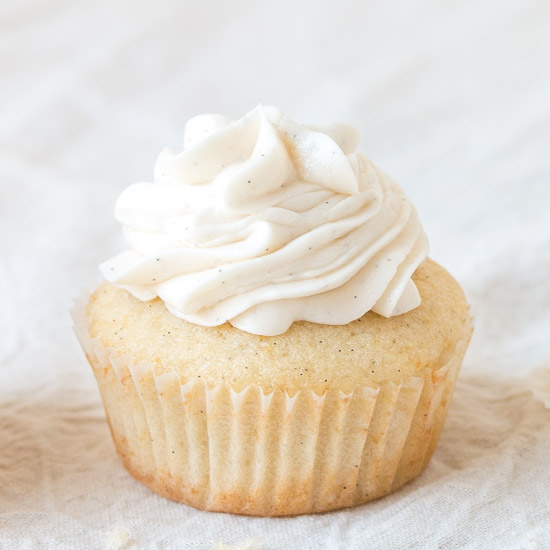
 338 views
338 viewsSwiss Meringue Buttercream
prettysimplesweet.com
5.0
(2)
Your folders

 955 views
955 viewsSwiss Meringue Buttercream
sallysbakingaddiction.com
4.8
(148)
5 minutes
Your folders

 691 views
691 viewsSwiss Meringue Buttercream
sugarspunrun.com
5.0
(5)
5 minutes
Your folders

 697 views
697 viewsSwiss Meringue Buttercream
bakingamoment.com
4.9
(16)
10 minutes
Your folders
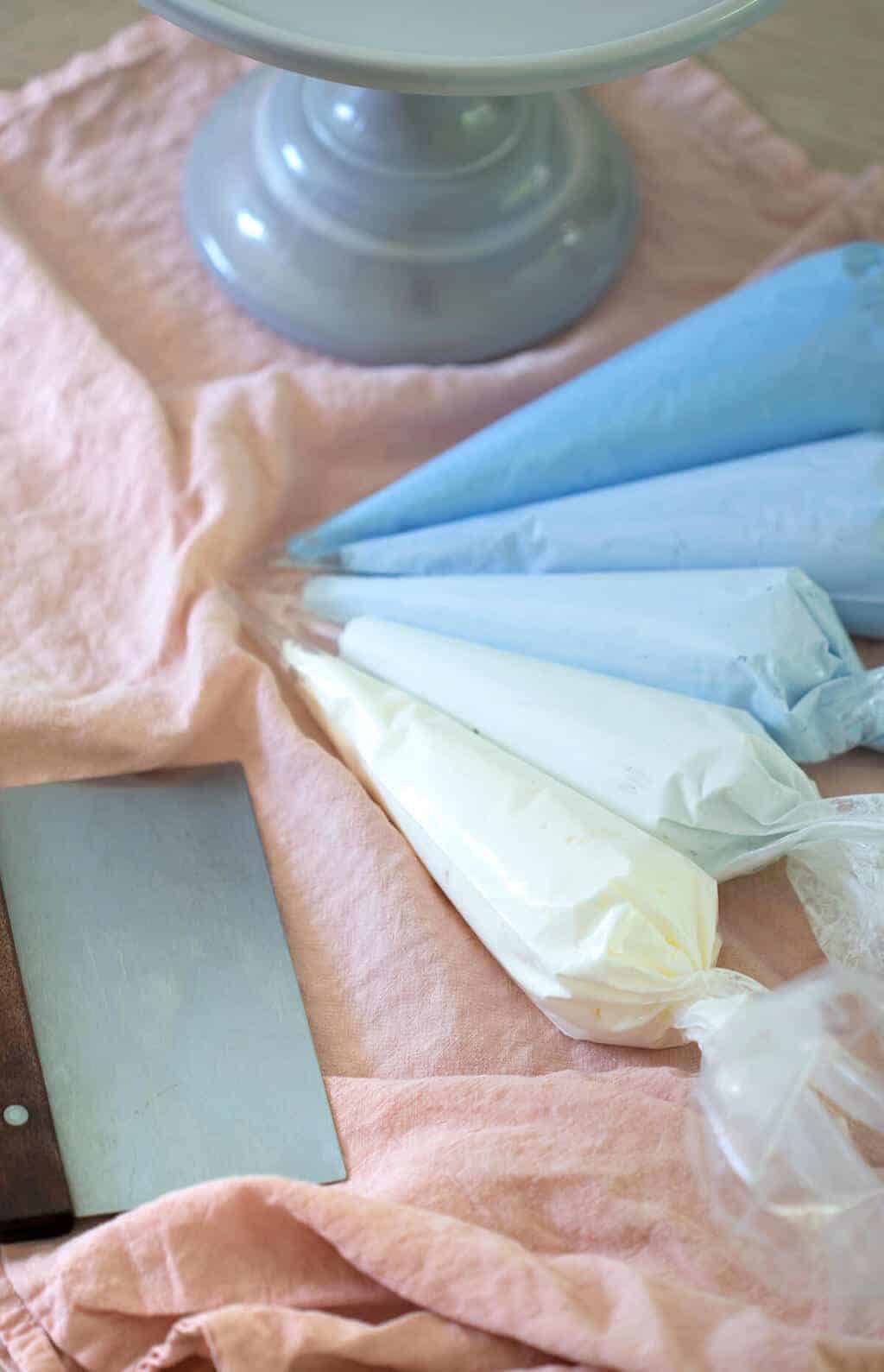
 645 views
645 viewsSwiss Meringue Buttercream
preppykitchen.com
5.0
(137)
Your folders

 325 views
325 viewsSwiss Meringue Buttercream
marthastewart.com
3.6
(621)
Your folders

 301 views
301 viewsSwiss Meringue Buttercream
finedininglovers.com
4.2
(6)
Your folders

 327 views
327 viewsSwiss Meringue Buttercream
sallysbakingaddiction.com
4.7
(323)
5 minutes
Your folders

 621 views
621 viewsChocolate Swiss Meringue Buttercrea...
sugargeekshow.com
5.0
(340)
5 minutes
Your folders
 119 views
119 viewsChocolate Swiss Meringue Buttercrea...
sugargeekshow.com
Your folders

 379 views
379 viewsSwiss Meringue Buttercream Icing
notsomodern.com
30 minutes
Your folders
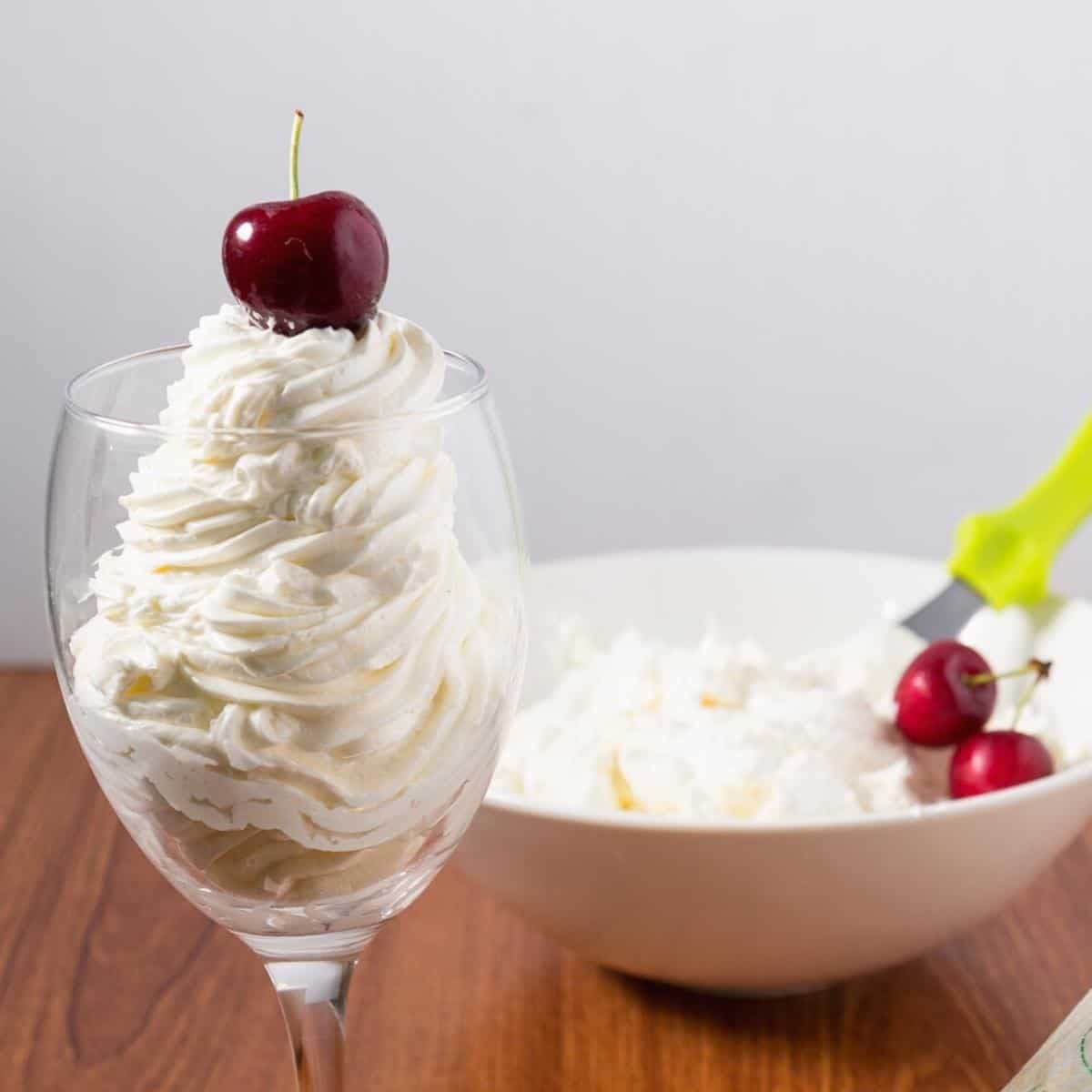
 399 views
399 viewsSwiss Meringue Buttercream SMBC
veenaazmanov.com
5.0
(41)
5 minutes
Your folders

 813 views
813 viewsSwiss Meringue Buttercream Recipe
natashaskitchen.com
4.9
(278)
5 minutes
Your folders
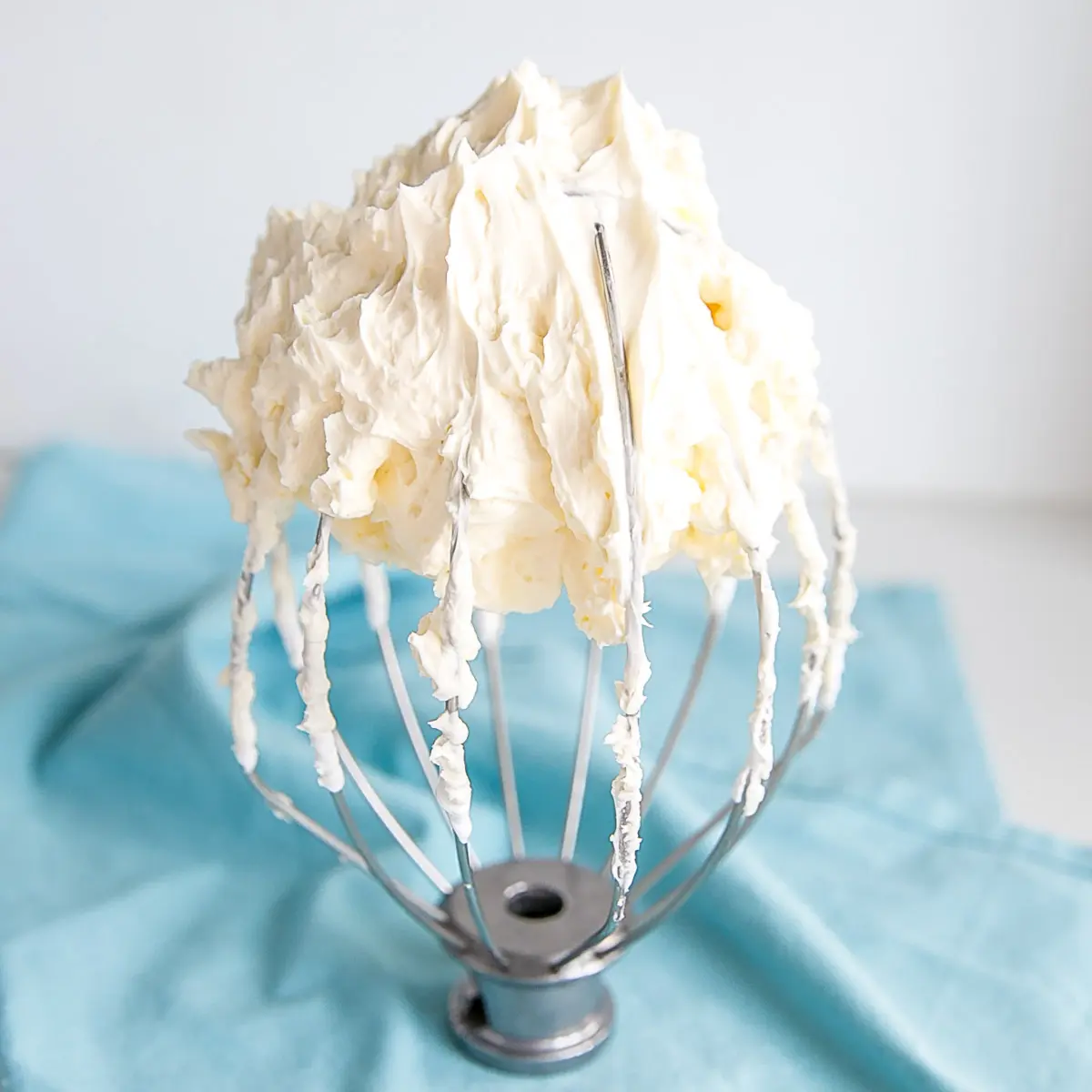
 461 views
461 viewsSwiss Meringue Buttercream Recipe
livforcake.com
4.9
(92)
5 minutes
Your folders

 258 views
258 viewsFaux Swiss Meringue Buttercream
dollopofdough.com
5.0
(1)
Your folders
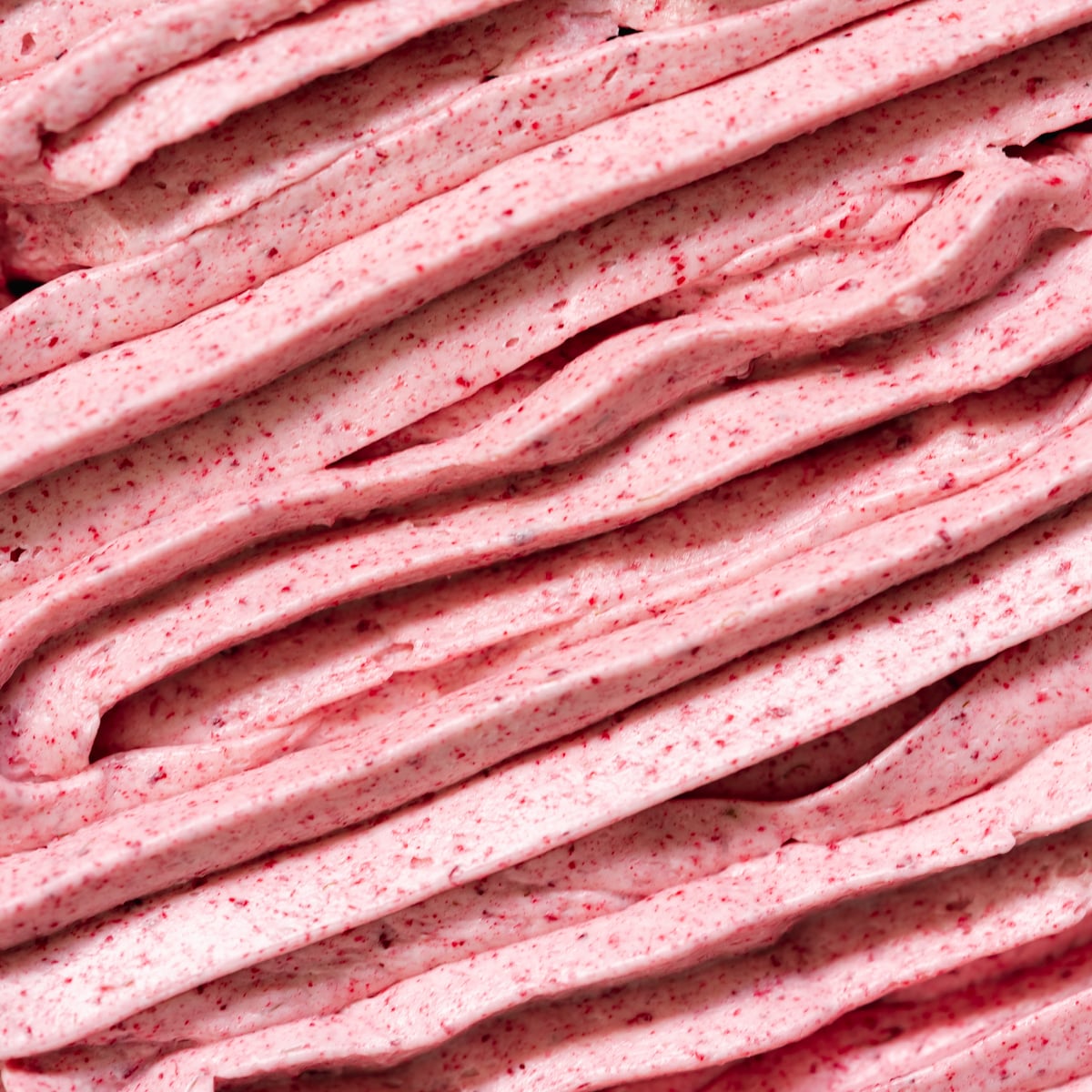
 216 views
216 viewsRaspberry Swiss Meringue Buttercrea...
addictedtodates.com
5.0
(12)
Your folders

 150 views
150 viewsSwiss<br>Meringue Buttercream
ashbaber.com
4.4
(40)
Your folders
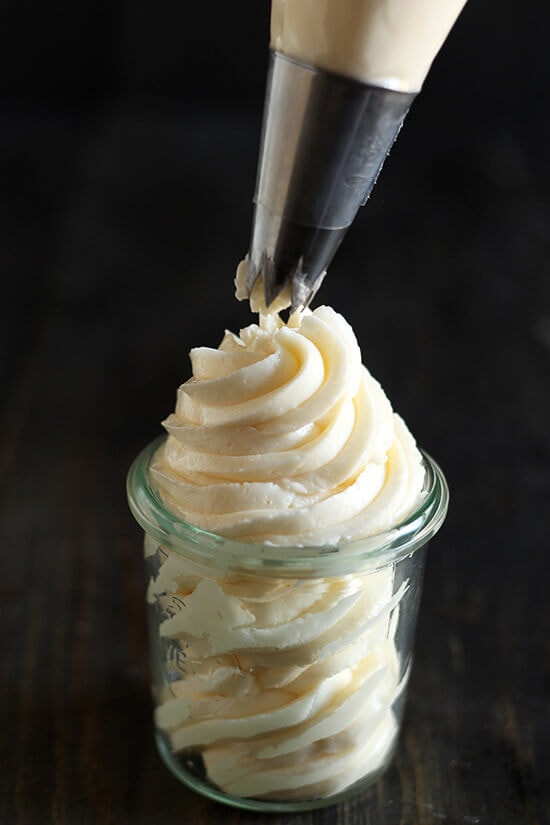
 270 views
270 viewsSwiss Meringue Buttercream Recipe
handletheheat.com
4.5
(27)
5 minutes
Your folders

 262 views
262 viewsVanilla Swiss Meringue Buttercream
zoebakes.com
5.0
(2)